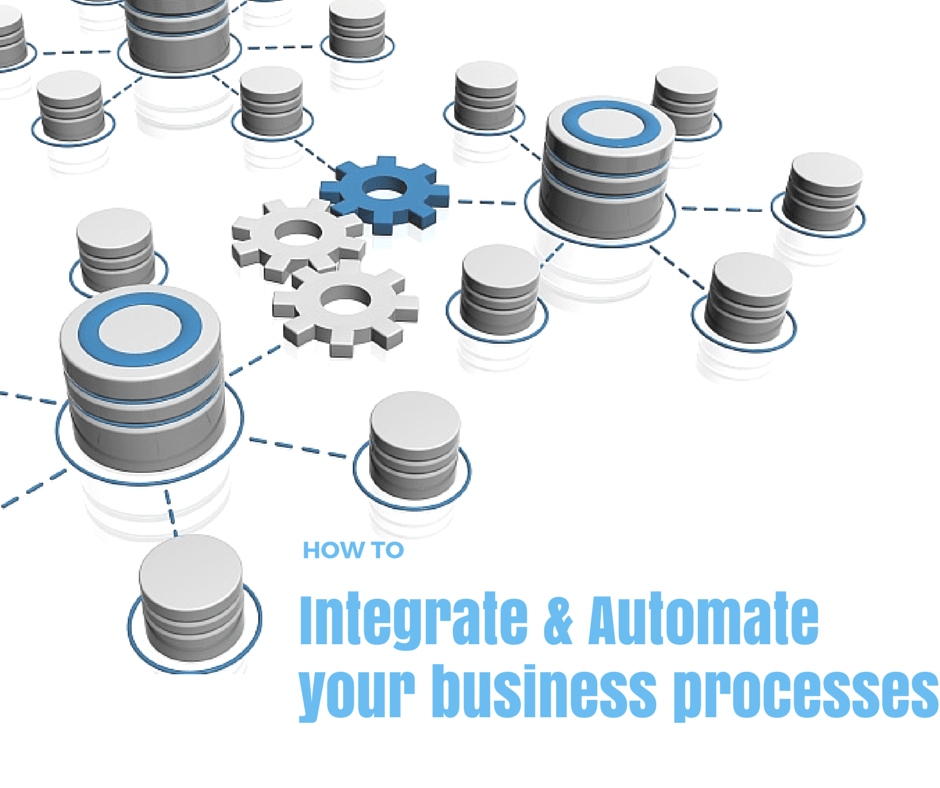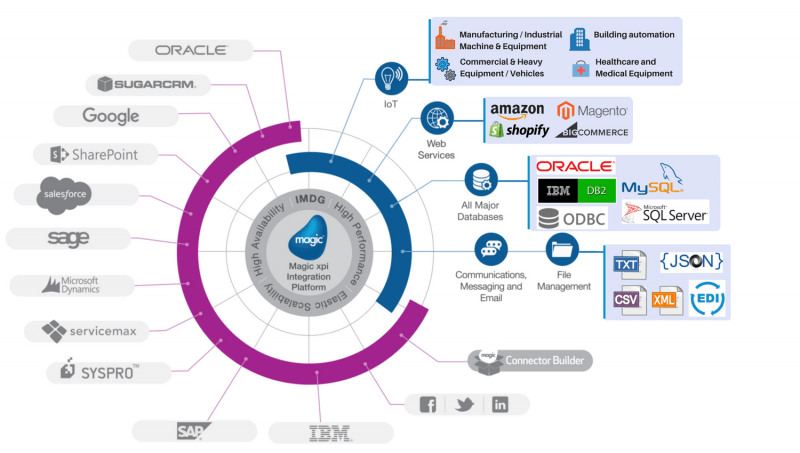Systems integration: how to avoid mismanagement
Last Updated on July 14, 2023 by Tatyana Vandich
Systems integration: how to avoid mismanagement
As we mentioned in one of our previous articles, change in the workplace is inevitable. The business world is constantly evolving, and companies must always be ready to adapt to change.
This change is happening whether we like it or not, for example, systems integration needs to be well managed in order to constantly improve and take advantage of the surge in technology. As a result, companies with a well-detailed plan that explains the procedures to be followed will gain a competitive edge. That said, unfortunately, poor implementation management is more common than good management, and will often lead to internal resistance.

The major changes we see every day are the implementation of new management software, B2B integration and systems integration.
When business leaders realize that they need to innovate and streamline their business processes, they need to introduce changes to their workplace. Many of them put off this change for as long as possible, until it affects the growth of their business.
Why does this happen so often? Partly because people are creatures of habit. Habit makes our tasks and jobs much easier, and it’s not surprising that people like repetitive actions, stability and security. So it’s not surprising that employees are generally the biggest opponents to business process change. This happens, not because employees don’t want to see their company thrive; but mostly to poor implementation management , the main topic of today’s blog.
Poor management of system implementation and integration
Change is a sensitive subject. As mentioned above, not too many people accept change with open arms. So broaching this subject with employees is a difficult task, and it needs to be presented well.
So why do employees tend to resist software implementation?
- Managers don’t communicate with their people properly. If employees don’t know exactly what’s going on (they’re in complete darkness), they’ll resist. Will they lose their jobs as a result? Will their daily tasks be affected? Who will be responsible? How long will it take? When employees have more questions than answers, it becomes a slippery slope.
- Employees do not trust the management team, which is not as transparent and open.
- The timing of the new software implementation was poorly chosen by management, i.e. during a company’s busy season, causing additional constraints and pressures on the entire team.
- Managers, who are responsible for disseminating information, are not competent or expert in this field. Their stress and anxiety about the new project don’t help to calm employees. Fear of the unknown is contagious – managers should be aware of this.
How to implement changes effectively
First of all, managers need to understand that everyone handles change differently, and that resistance is always a possibility. The best way to deal with it is to COMMUNICATE and LISTEN. This strengthens trust between management and employees.
In addition to this, once a Systems Integration has been announced, through a corporate email or meeting, it’s important to address the following points:
- Why is this integration necessary?
- Why it’s important for the company (what are its general benefits, short-term benefits and long-term benefits)
- How will Systems Integration impact the work of individual departments and employees? (What’s in it for them?)
- What are management’s objectives and expectations for this integration?
- Who will manage this change? Who can employees contact to discuss change-related issues or share ideas to make change easier for everyone?
By sharing all important information with the whole team, everyone will be on the same page and feel listened to and appreciated.
 Software implementation in several stages
Software implementation in several stages
It is also extremely important to implement any type of software implementation or systems integration in several stages. There are many steps that managers can take before starting a software implementation. Once the news of a software upgrade is announced, it is essential that employees take the time to ask questions, address concerns, read any system documentation, view a system demo (for each department) understand their role during implementation, plan training during implementation, learn about the new process changes that will take place with the new system… After all this, the implementation can take place. Jumping headfirst into an implementation without proper preparation can lead to major resistance and setbacks in the future.
Systems integration – a major advantage for your company
There’s no stopping creation and improvement in the business world. As industries develop, companies must evolve; as technology advances. Companies need to implement changes as quickly as possible; when governments pass new laws, companies need to comply. As customers become more demanding and better informed, companies need to provide better products and fast, efficient service.
It’s time for managers to stop putting off software integration and implementation, and instead focus on helping employees see change in a positive light, which will undoubtedly bring major benefits to your business.
Contact us today for a smooth and successful software implementation.











